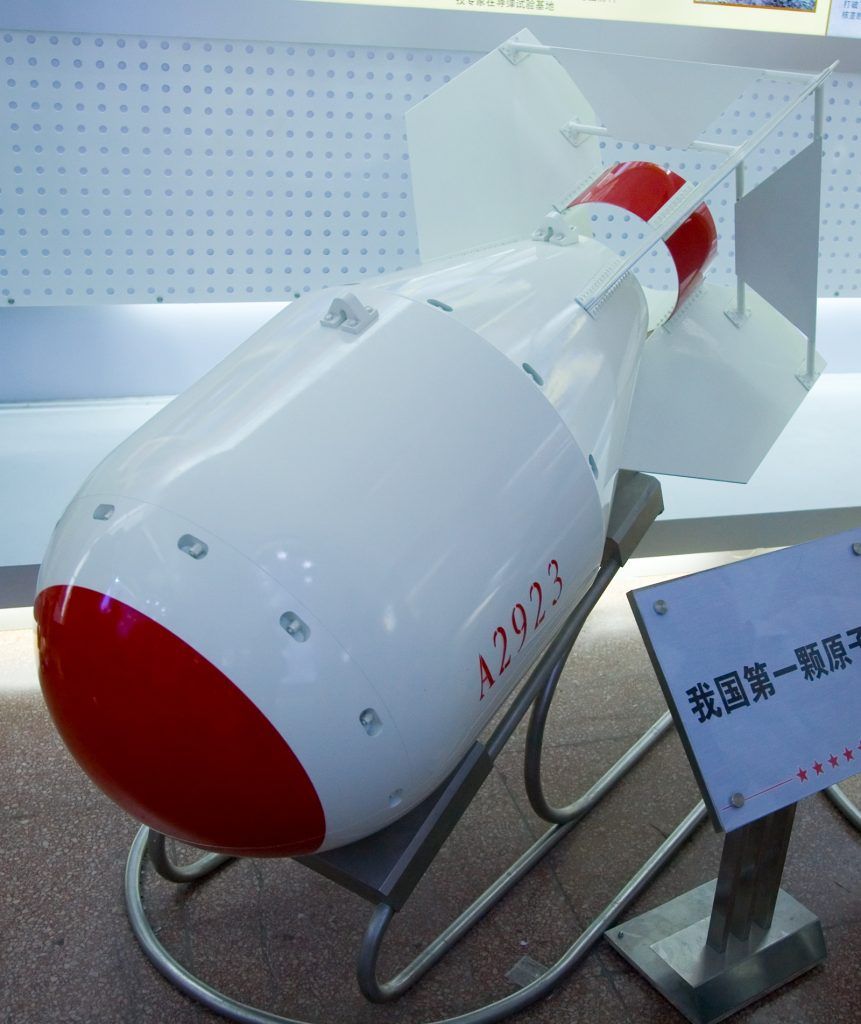What the United States can do to stabilize its nuclear relationship with China
By Tong Zhao | January 2, 2019
 A weapon on display. Credit: Max Smith via Wikimedia Commons.
A weapon on display. Credit: Max Smith via Wikimedia Commons.
Changes in US nuclear weapons policies introduced by the Trump administration have created new challenges for the US-China nuclear relationship. This is happening at the same time that the bilateral competition is turning increasingly serious and even hostile. As the most important external influencer of China’s nuclear policy, the United States can take a number of steps to prevent this bilateral nuclear relationship from falling into a deeper, more negative cycle of action-and-reaction. Such an effort should include at least five elements: lead by doing (and demonstrate the right values); try to get a more accurate understanding of China; find a common framework for maintaining nuclear stability; start by reducing shared risks; and help China better understand US policy.
Together, we make the world safer.
The Bulletin elevates expert voices above the noise. But as an independent nonprofit organization, our operations depend on the support of readers like you. Help us continue to deliver quality journalism that holds leaders accountable. Your support of our work at any level is important. In return, we promise our coverage will be understandable, influential, vigilant, solution-oriented, and fair-minded. Together we can make a difference.














